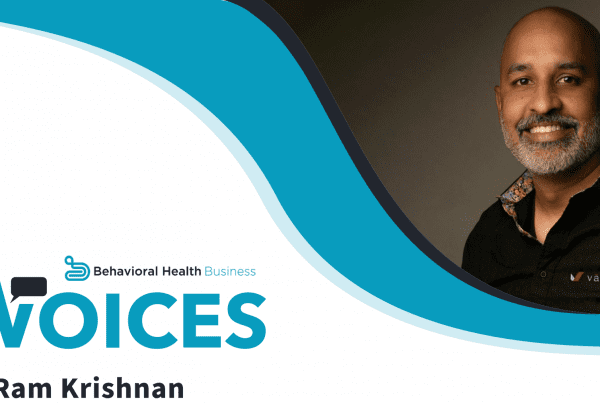(Updated 11/6/2024)
In March of 2022, the American Psychological Association (APA) released changes to its diagnostic manual, the Diagnostic and Statistical Manual of Mental Disorders, Fifth Edition. These text revisions updated the DSM-5 to include new diagnoses, clarifying language for diagnostic criteria, better guidance on coding, and more.
Psychiatry Online stated, “With contributions from more than 200 subject matter experts, the updated volume boasts the most current text updates based on the scientific literature.”
What’s changed in DSM-5?
Here are a few of the changes from in the text revision:
- Updates and clarifications to the criteria sets of over 70 disorders. This has helped clinicians increase their diagnostic precision.
- Stronger focus on the effects of racial and cultural differences on mental health, including its effect on symptom presentation. A committee of mental health providers from diverse backgrounds has also shaped the language of the DSM-5 to remove stereotyping or discriminatory language.
- Diagnostic criteria for some childhood disorders was clarified to aid clinicians in diagnosing autism spectrum disorder, disruptive mood dysregulation disorder, PTSD, and prolonged grief disorder in children.
- Updated guidance on ICD-10 codes for different diagnoses, including codes that differentiate between suicidal behavior and non-suicidal self-injury. The most up-to-date ICD-10 codes are always available in Valant’s coding system ahead of updates; as of the March 2022 changes, the DSM-5 assists clinicians in selecting the appropriate code(s) for each patient.
- Prolonged grief disorder was added as a diagnosis based on research and clinical experience suggesting that some bereaved individuals have significantly increased difficulty in adjusting to the loss of a loved one over time.
- Updated terminology to better reflect the experience of those with gender dysphoria, for example, replacing the term “desired gender” with “experienced gender.”
What does this mean for Valant users?
Nothing in the Valant system changed with the release of the DSM-5 text revisions. Because we keep up with ICD-10 coding changes, Valant software is always equipped to accommodate changes in coding guidance.
Clinicians can continue to use this revised fifth edition to understand disorders and symptom presentation in ever-increasing detail, and to make sure their clinical practice is in alignment with the most up-to-date research in behavioral health.
Learn more about the DSM-5 TR and its changes.
External References
https://www.apa.org/
https://psychiatryonline.org/doi/10.1176/appi.pn.2022.1.20









